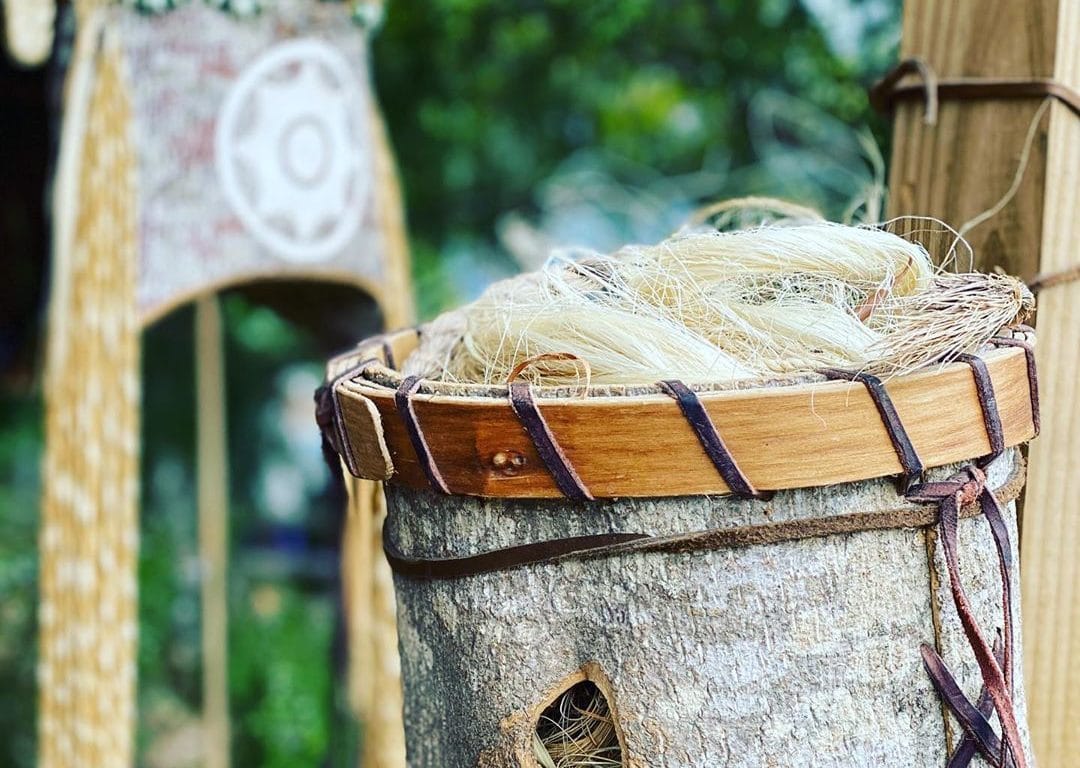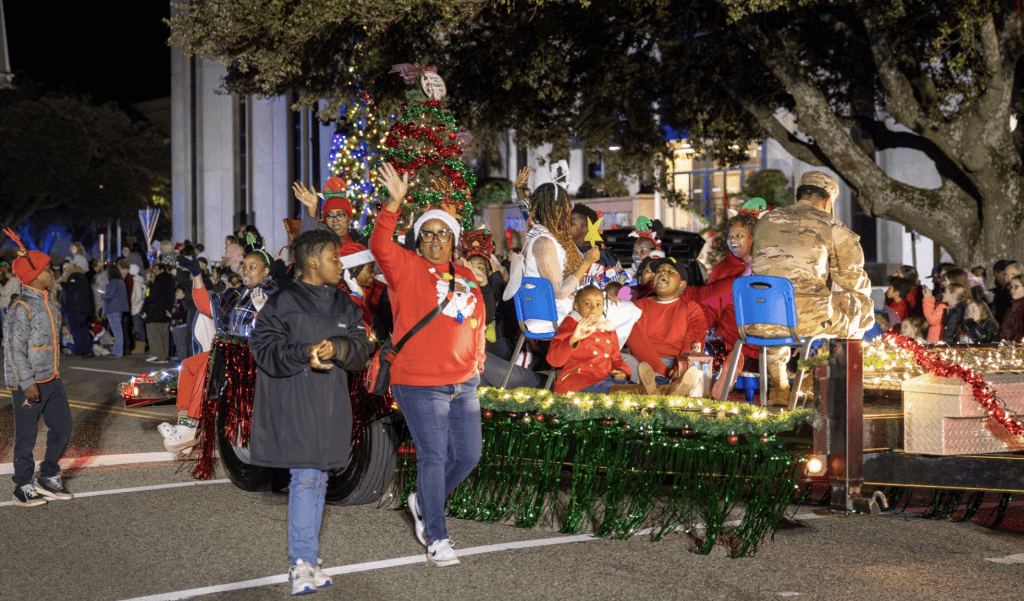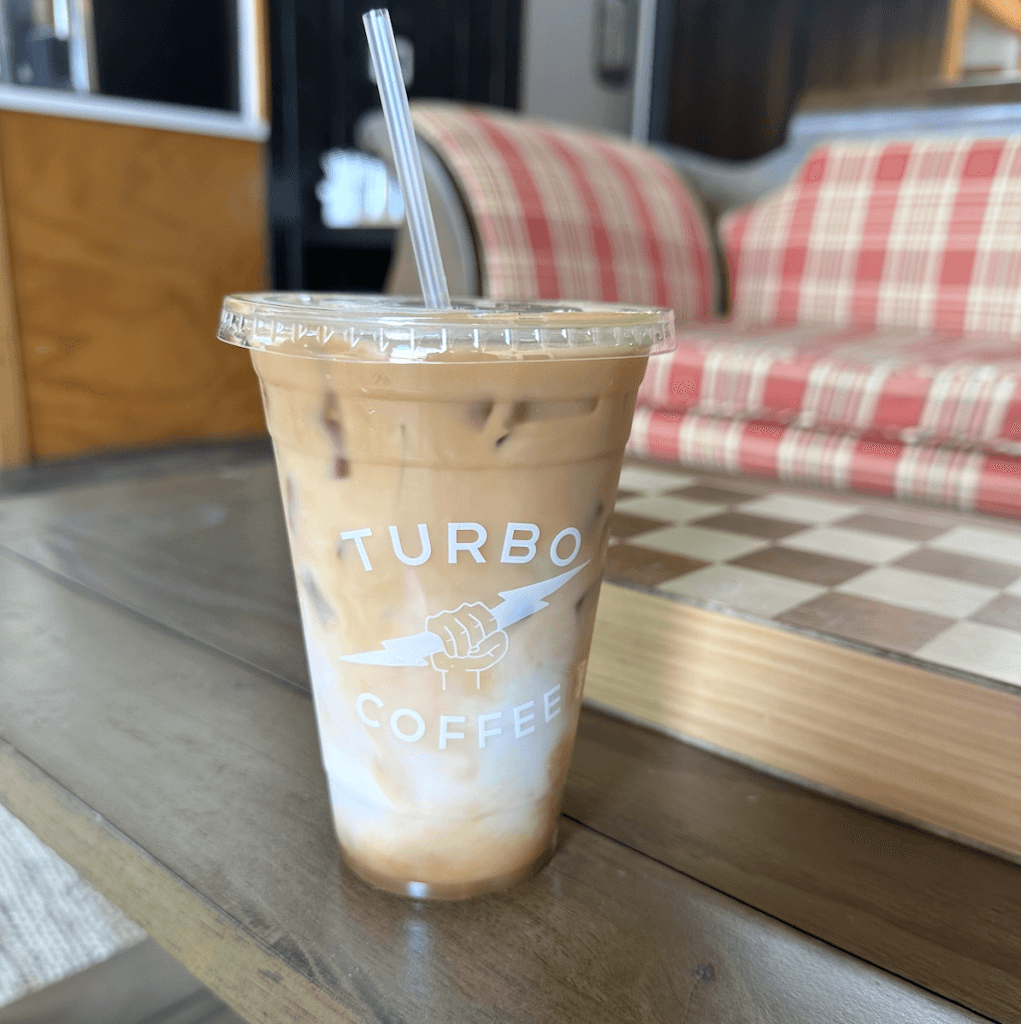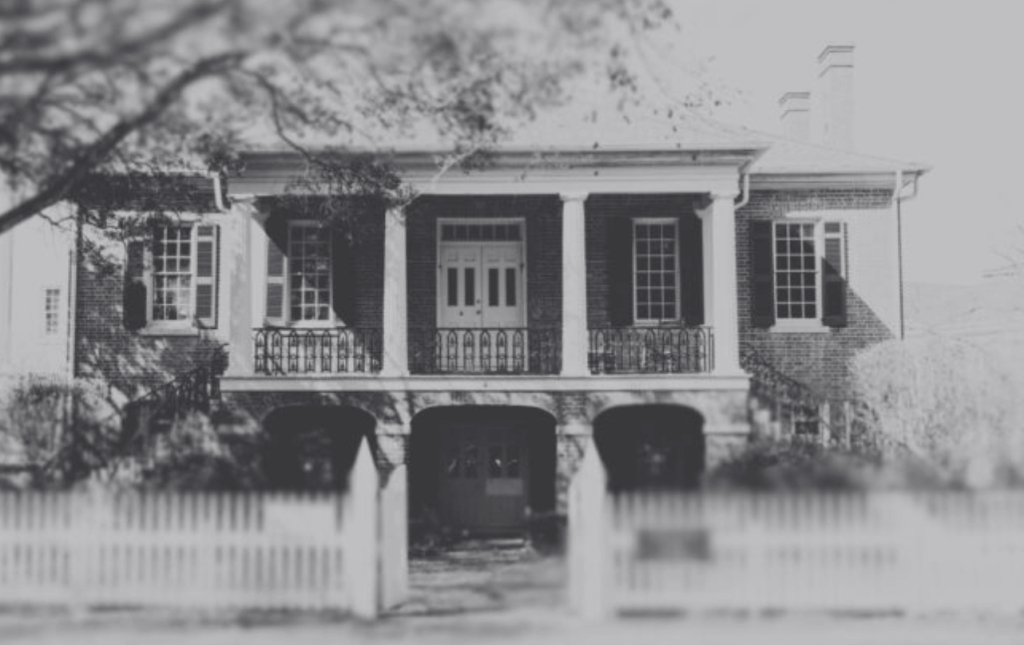Let’s be honest, the first word that comes to mind when you hear “Tuscaloosa” is most likely football. While the Crimson Tide dynasty is undeniably an incredible aspect of T-Town, it is impossible to experience the entirety of our city without the missing pieces. Your answer, most likely, was not history, but what if I told you it deserves a spot in the top five, at least? Below we have compiled just a few of the different ways to immerse yourself in the diverse and captivating history of the one and only Tuscaloosa!
Downtown
The most extensive historical attraction in Tuscaloosa is the Tuscaloosa Civil Rights Trail, with 18 stops spread throughout Downtown Tuscaloosa. This trail is a compilation of historical Civil Rights sites throughout town, where prominent events occurred, whether it was the location of a riot, a safe house for those escaping racial persecution, or exhibitions of art from Black artists and creators. The Tuscaloosa Civil Rights Trail is a wonderful activity for families and friends to walk around historical Tuscaloosa and learn about the rich and difficult history of the city. Each location along the trail offers a different glimpse into a not-so-distant past and can be an important lesson for all of us in modern times!
Built in 1835 and surviving nearly two centuries, the Battle-Friedman House is one of the oldest standing buildings in the City of Tuscaloosa. The history of this house lies in its journey of ownership from family to family over the last two centuries. The house was originally built by the Battle Family, a plantation-owning couple from North Carolina who had recently moved to Tuscaloosa. Then, towards the end of the Reconstruction Era in 1875, the Battles foreclosed on the house, and its ownership was transferred over to the Friedmans, a Hungarian family who had moved to Tuscaloosa to open up a store and eventually became a respected member of the Tuscaloosa community. Ultimately, the Friedman family willed the house to the City of Tuscaloosa in 1965, and has since been preserved as a location of historical significance located just outside the heart of Downtown Tuscaloosa!
For fans of historic architecture and intricate design, the Jemison-Van de Graaff Mansion is a beautiful destination throughout Tuscaloosa’s history. This mansion was built in the late 1800s, with its construction being halted for the Civil War, causing a number of incompletions in the initial construction of the mansion itself. The mansion was designed by architect Samuel Sloan – also known for designing Bryce Hospital – but was unfortunately built by slaves, given the timeframe in which it was constructed. Before becoming an official historical site to the City of Tuscaloosa and in addition to being used as a residence, the Van de Graaff Mansion has also been used at the city library. Admission to the mansion for viewing is free, plus the space is available for rent for events and celebrations! For more information about the mansion, visit its dedicated website.
Campus
As the host of a number of exhibits and featured speakers over the years, the Alabama Museum of Natural History is one of the most impressive buildings on the University of Alabama campus. This museum is home to many different exhibits, collections, and programs dedicated to educating its visitors about the natural wonders of Alabama and the Earth itself. It dives into the ancient and modern history of all the nature that is all around us, even here in the City of Tuscaloosa! The museum is housed inside Smith Hall on campus, just off the quad, and is open to all who wish to learn more about the science that lives around us in our everyday lives. For more information about admission and hours of operation, visit the Alabama Museum of Natural History website on the University of Alabama website.
For those avid fans of both Crimson Tide athletics and the history of Tuscaloosa, there is no better place to visit than the Paul W. Bryant Museum. This museum is an exploration into the history of not only the best coach in the history of collegiate football but also the history of one of the most decorated athletic programs in the history of all collegiate athletics! Extensively archived over the course of the university’s history, the exhibits and videos featured in the museum show an in-depth look into the growth and evolution of Alabama athletics navigating through segregation, World War 2, and of course, the beginnings of the Iron Bowl rivalry! The museum is open Thursday to Sunday with varying admission prices – including free for visitors aged 6 years or younger – so be sure to visit the museum website for more information, as well the opportunity to buy admission ahead of time.
Outskirts
Lake Lurleen is a site of natural beauty located close to the City of Tuscaloosa and is ripe with natural wonders for all to discover! Lake Lurleen is a 250-acre Lake Lurleen home to many varieties of fish, and measures nearly one and a half miles in length, one-half mile wide, and goes as deep as 48 feet! Visiting Lake Lurleen State Park in Fall is one of the best times to visit as leaves are changing colors and the temperatures are moderate enough to enjoy a relaxing hike or a walk around the area. The park facilities include campgrounds, picnic areas, play areas for kids, pavilions for gatherings, beaches, piers for fishing, RV storage, and boat rentals. Admission is required for day use, so be sure to visit the Lake Lurleen State Park website to learn more about admission prices and the rules and regulations of using the park’s facilities on a daily basis. Lake Lurleen will be closed until Winter 2025-2026 for renovations!
Located about 13 miles south of the City of Tuscaloosa is the Moundville Archaeological Park, one of the most prominent Native American heritage sites in modern-day North America. This park was once the location of the largest city north of modern-day Mexico and was home to the Mississippian tribe of Native Americans. On this 326-acre preservation, 800 years ago, the Mississippian tribe celebrated with festivals and ceremonies, sites of which are visible today for visitors! As an extension of the modern-day City of Tuscaloosa, this is a destination of great historical significance to the original peoples that inhabited our country centuries ago. This site is currently hosting the Virtual Moundville Native American Festival, a celebration of the original peoples who inhabited this land and their rich culture that survives to this day. Joining in on the festival is a beautiful opportunity to learn more about an ancient civilization that thrived and prospered only a short distance away from Tuscaloosa!
Written by: Will Baggett
Edited by: Jamie Hoven






